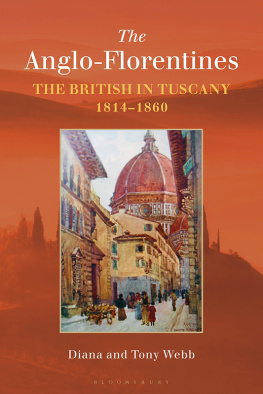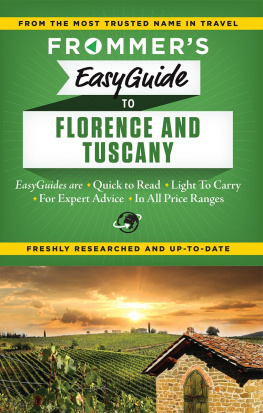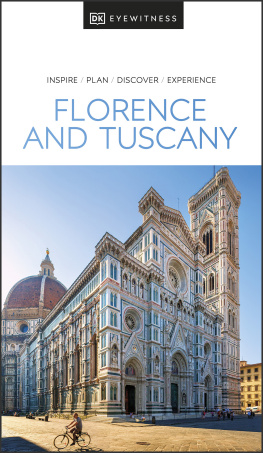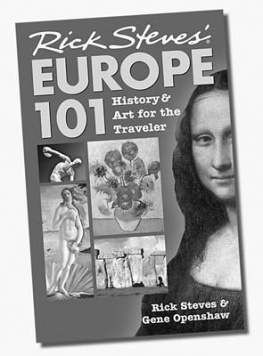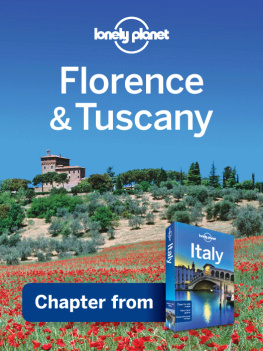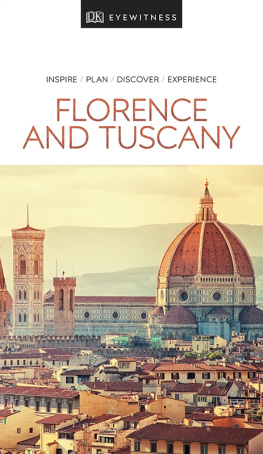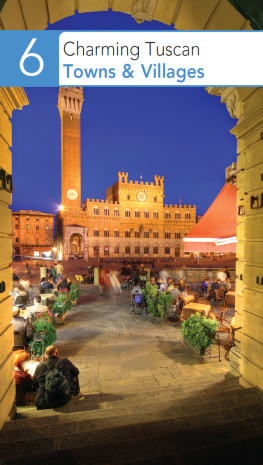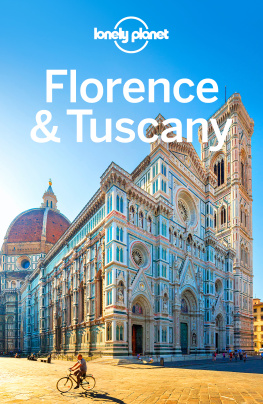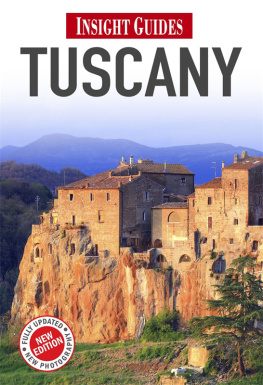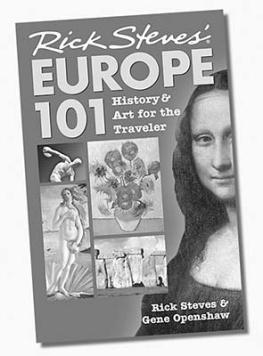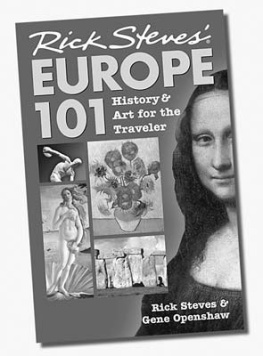John Leland Maquay, portrayed probably in his early thirties (private collection).
Map of Florence in 1835, published by the Society for the Diffusion of Useful Knowledge (authors collection).
Florence from Bellosguardo, the birthplace of Florence Nightingale in 1820 and a favoured place of English resort (authors photograph).
A View of Burghersh. Caricature by Robert Dighton, dated 13 April 1822, during one of his Lordships much-criticised absences from Florence (authors collection).
The Marquis of Normanby. Engraving by H. Robinson after H. P. Briggs, 1833 (authors collection).
The Palazzo Spini-Feroni in Piazza S. Trinit. Madame Homberts Hotel de lEurope and the shops run by Thomas Townley and Samuel Lowe were at different times located here (authors photograph).
The Leghorn terminus of the Leopolda railway (authors photograph).
A view of the old Leghorn cemetery (authors photograph).
The neo-classical facade of the Anglican Church in Leghorn, opened in 1840 (authors photograph).
All that remains of the former British burial ground at Siena (authors photograph).
A view of Bagni di Lucca (authors photograph).
The Venetian Gothic doorway of the English Church at Bagni di Lucca, opened in 1842 and now the communal library (authors photograph).
The tomb of Colonel Henry Stisted in the English cemetery at Bagni di Lucca. He and his wife Clotilda were driving forces behind the building of the church at Bagni (authors photograph).
The former English Pharmacy in Via Tornabuoni, founded in 1843 (authors photograph).
Elena Maquay with her youngest son William, c. 1847 (private collection).
The monument to the hat manufacturer Thomas Waller in St Marys, Luton, 1847. The only known work in England of the Florentine sculptor Pietro Costa (authors photograph).
Lord Malmesbury accepts a paltry cheque from a youthful Emperor Francis Joseph in compensation for injuries to Erskine Mather: Punch, June 1852 (authors photograph).
The monument to the straw-hat merchant James Askew (d. 1857) in the cloister of San Francesco at Prato (authors photograph).
A view of the so-called 'English Cemetery' at Florence (authors photograph).
The tomb of Christopher Webb Smith (d. 1871), long-serving member of the English Church (authors photograph).
The background
With the fall of Napoleon in 1815, the map of Italy was redrawn, but not completely restored to its pre-war appearance. Many of the Italian dynasts returned to the thrones from which French armies had driven them, and with them came an army of a different kind, which was still in occupation when, less than half a century later, the restored order crumbled from Milan to Palermo and the single Italian kingdom, which many observers had thought impossible, came into being. From 1814 on, thousands of Britons who had been starved of a peaceful view of the Mediterranean flocked across the Alps. In his study of Protestant influence on the Risorgimento, Giorgio Spini noted this swarming over the peninsula of Englishmen of every kind, mentality, profession and social class. He thought it timely to ask what impact it had on Italian politics and society, remarking that The history of English immigration into Italy in the first decades of the nineteenth century is in large part still to be written.
This book is intended to give a fuller picture than has hitherto been attempted of the variety of Britons who inhabited the Grand Duchy of Tuscany between the end of the Napoleonic Wars and the absorption of Tuscany into the Kingdom of Italy after the flight of the last Grand Duke. Religion plays an exceedingly important part in the story, but it is not our chief focus as it was Spinis. We have tried to depict residents and visitors going about their business, reacting to their Tuscan setting and to the sometimes momentous events that affected it in the last years before Italian unification.
It is difficult to make a clear-cut distinction between residents and visitors. An individual or a family might reside in Tuscany for 6 months, a year or even more, or wander from one continental resort to another, spending substantial periods in each. Long-term residents might go home to die after years in Italy. Everywhere the British went, migratory clergy and half-pay naval and military officers were to be found, and with them the British hoteliers, shopkeepers and physicians who ministered to their fellow-countrymen. More often than not, the sources (including the Italian ones) speak of the English when referring to the British (and often quite clearly to Scots). One of our chief protagonists was a Dublin-born Presbyterian who called himself English even while referring to the Irish as his fellow-countrymen. Here we use the word British when it seems proper to do so.
Our major focus is on Florence. The city harboured one of the largest British colonies on the continent outside Paris, which it resembled in being at once residence, tourist destination and transit camp. There was a seasonal pattern of comings and goings. Many fled from the summer heat to the spa town of Bagni di Lucca, or to the seaside, Germany or Switzerland, while the autumn saw large numbers of arrivals, some of whom went on after a few weeks to overwinter in Rome or Naples. Florentine residents had frequent contacts with the lesser Tuscan centres of British settlement, notably the port of Livorno, always called Leghorn by the British and so called in this book. Winston Churchill thought it quite preposterous that it should ever be called anything else.
Leghorn was above all a commercial city, which owed much of its character to the Grand Dukes decision, late in the sixteenth century, to create a free port and to offer inducements to merchants, including a measure of religious toleration. The British established a consulate and the so-called British factory, an association of traders and shippers. Its members suffered badly from the French invasion and occupation of Tuscany, and, although the factory was rapidly re-established after 1814, Leghorn by mid-century was past its best as an international port. In 1849 the consul estimated the British population at a little over 400 (a high proportion Scots). There was a sprinkling of more leisured residents in the vicinity, and the city had a secondary role as a seaside resort, to which some Anglo-Florentines went in the summer.

